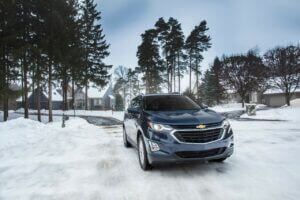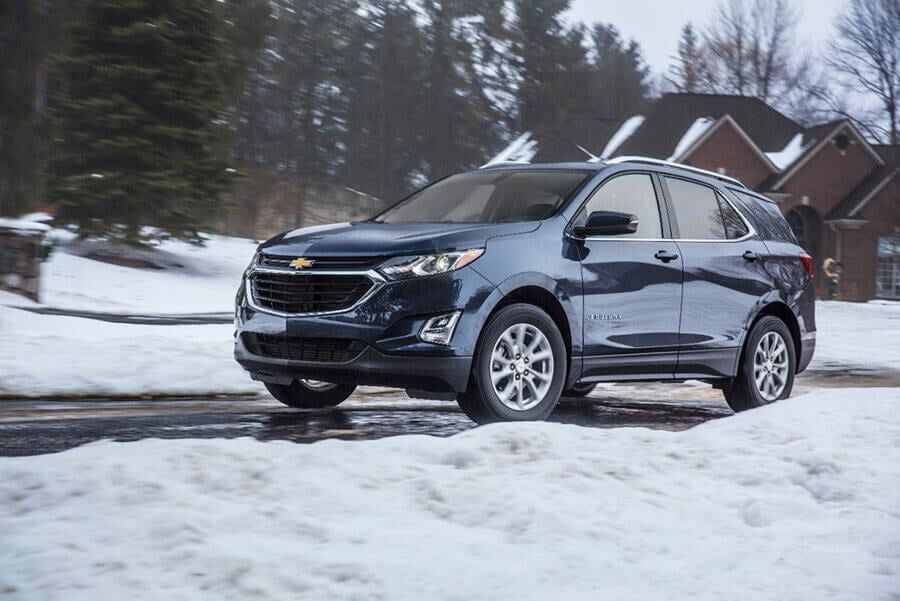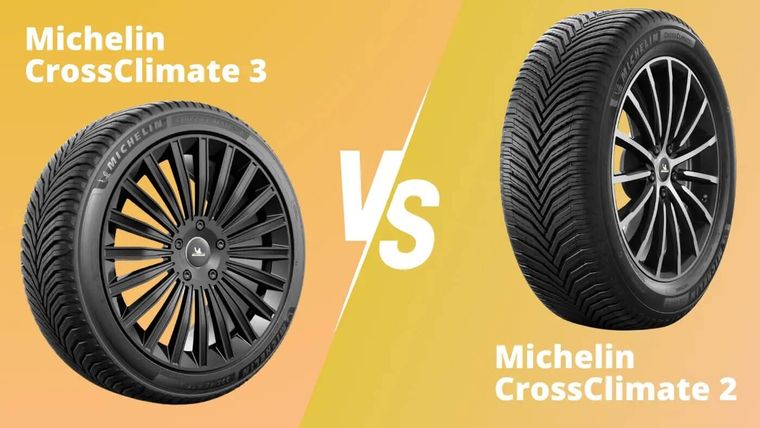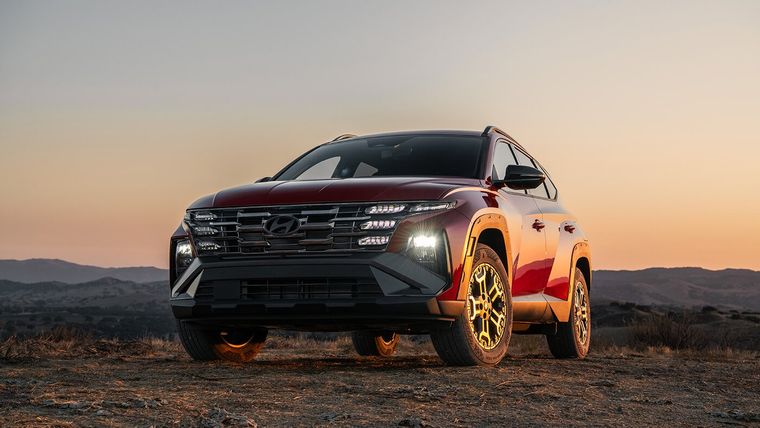I hear you: a Chevrolet Equinox has a light all-wheel drive, and regardless of the quality of the tires that will be imposed on it, it never be at the height of winter landscapes that we had to undergo this winter . Which is not completely wrong, but I admit that the Blizzak have done well, despite some shortcomings.
Let’s get it right now: I loved the vehicle itself. It has some flaws (who does not, except maybe me …), but it is easily forgiven. But, to be totally honest, forgiveness is much easier for me when it comes to a diesel vehicle, which allowed me to maintain an average of less than 9 liters per 100 kilometers of average consumption, while making no compromise on the power of 137 horses. And especially on the 240 pound-feet of torque officially registered.
In clear terms, do not expect sports performance, but the abundant torque can be used under all circumstances. It will push the vehicle in faster acceleration than one might think, and most importantly, it will give the chance to tow up to 1500 pounds, which for SUVs this size is more than reasonable.
On the road
The winter of 2019 has given us many surprises. At the wheel of my Equinox, equipped with its Bridgestone Blizzak WS80 tires, I had to face the throes of cold, which resulted in a -18 well sounded, the glaze, the day after a fall of abundant rain that completely froze, and the “neiglio” (ok, this one I invented), a mega-snowfall of more than 30 centimeters which covered, once again, the roads of Quebec.

2018 Chevrolet Equinox
Before testing the most extreme conditions, I ventured on a relatively clear and dry country road. The vehicle displayed a good driving dynamics, approaching the curves with considerable ease, although I would have appreciated a little more precision in the direction.
Tires, on the other hand, had more difficulties. It is impossible to say if it is the relative flexibility of the flanks or the sole itself, but the cornering grip did not display the expected assurance. Nothing dramatic, but I often had the impression to be able to push the rubbers to the limit on dry pavement.
Snow, water and ice
The hesitation shown by the Blizzaks on a dry turn did not occur, however, when the road became more extreme. On the wet pavement, for example, or on the ice, the Blizzaks stood firm, courtesy of an aging but effective process called Multicell, which manages the film of water between the ice and the tire. The sole then benefits from almost perfect contact.
Then the Nano Protect, another Blizzak principle, keeps the rubber softer even in cold weather, once again maximizing the contact surface.
In the deep snow (30 centimeters, did I tell you?), The grooves and the design of the sole manage to eliminate the heaps, at least in part. The duration of the storm, and the subsequent snowfall, did not help the Blizzak who found the snowiest period difficult.
Conclusion
The Bridgestone Blizzak WS80 have long been a reference. Paired with a SUV of less power but with a lot of torque, they are always an excellent choice under certain conditions of compromise. Do not put too much on them for extreme situations however, since they reach their limits when the snow is too abundant, or totally absent!
The Chevrolet Equinox deserves a little detour, even if our version, valued at more than $ 40,000, proved a little too expensive!




